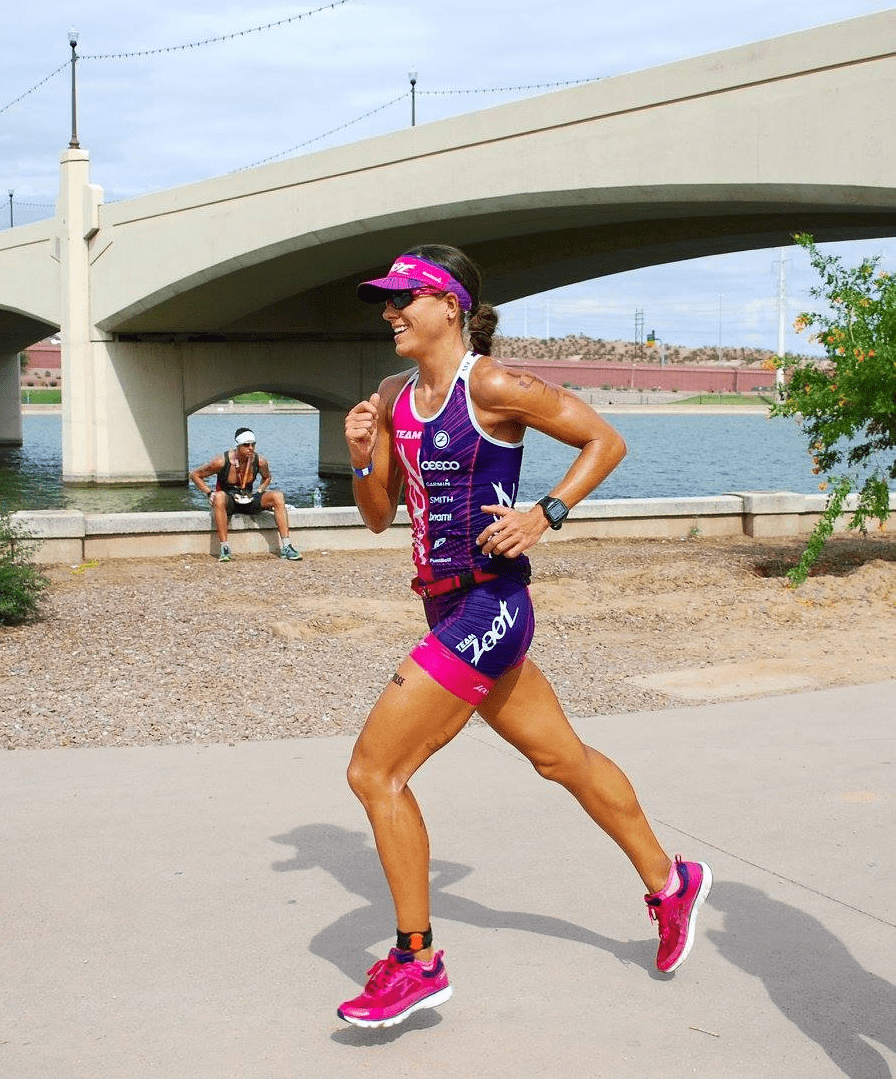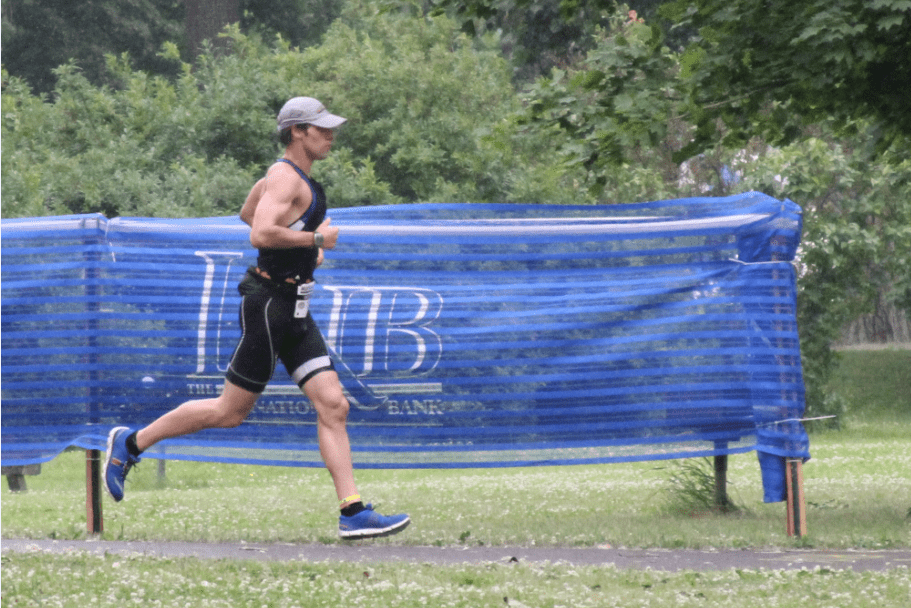It’s (finally!) cooled down here in Arizona and runners all over the Valley are hitting the streets and the trails. Many runners may have maintained a routine in the sizzling summer months and can now simply enjoy the gorgeous weather; others may be hitting the pavement after a few months off. Read on to see how you can stay healthy and active in the coming months. And, if you’re feeling any pain, see how Spooner physical therapists can help.
Listen to Your Body
Everyone says they know this, but how often do you really do it? Listen to your body and see what it’s telling you about your running schedule. The top running-related injuries we see are almost always tied to overuse. As a runner, you want to keep pushing yourself to achieve a personal record and to build endurance, but this can also take a toll on your body. You may be doing too many miles (too fast), or running faster than your body is prepared to do.
Signs of overuse: sore knees, tight or painful hamstrings, pain in the bottom of your foot. These are all warning signs from your body. If you’re experiencing these signs, the first step is to reduce your miles and the intensity of your workouts. You may want to eliminate pavement for a while, and opt instead for softer ground, treadmill workouts, the elliptical or cycling – give your body some active rest.
Best Practices for a Healthy Race Season
These practices will vary by runner and individual goals, but some good rules to adhere to include:
- Daily, thoughtful stretching. Make time to stretch and don’t do it in haste. Ideally, you can do these stretches after you’ve warmed up your muscles and not before you head out the door first thing in the morning.
- Don’t forget strength training. Many runners make the mistake of focusing exclusively on cardio and not giving their bodies enough strength training. Taking a well-balanced approach to your workouts – by incorporating a few days of full-body exercising – is a smart move to maintain a strong core. It will also help with balance and stability.
- Get enough rest. If you’re doing early morning runs, for example, make sure you’re going to bed at a reasonable time. Aim for at least seven hours of sleep, if possible. Many runners adjust their training schedules during high volume seasons, but fail to leave enough time for sleep and rest.
- Alternate your workouts. Occasionally switch up your program. This isn’t just good to prevent injuries, it’s good to build your endurance. And be sure to plan for at least one rest day!
When You May Need to See Your Physical Therapist for a Running Injury
Running affects your entire body. There is no one-size-fits-all therapy for running injuries. At Spooner, our therapists take a whole-body approach to every patient, looking at the full kinetic chain. Every movement affects another movement. That means your physical therapy will be completely unique. We’ll want to assess the way you move, how you feel, your range of motion, and your pain points. A program could include exercises to help you strengthen specific muscles to help you improve on small, but important movements. It may also include massage, dry needling and other therapies to help reduce pain and inflammation.
If you have a pain or discomfort that feels like it’s lasting longer than a few days or a few weeks, and it’s prohibiting you from achieving success in training or racing, it’s probably time to call a physical therapist. Spooner therapists will evaluate your entire body to keep you feeling healthy and moving well.


